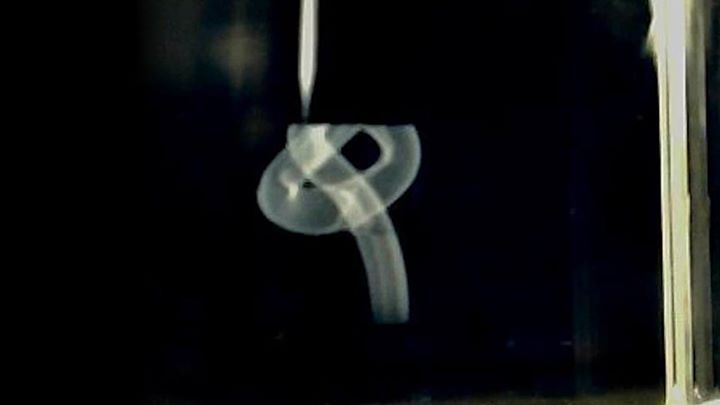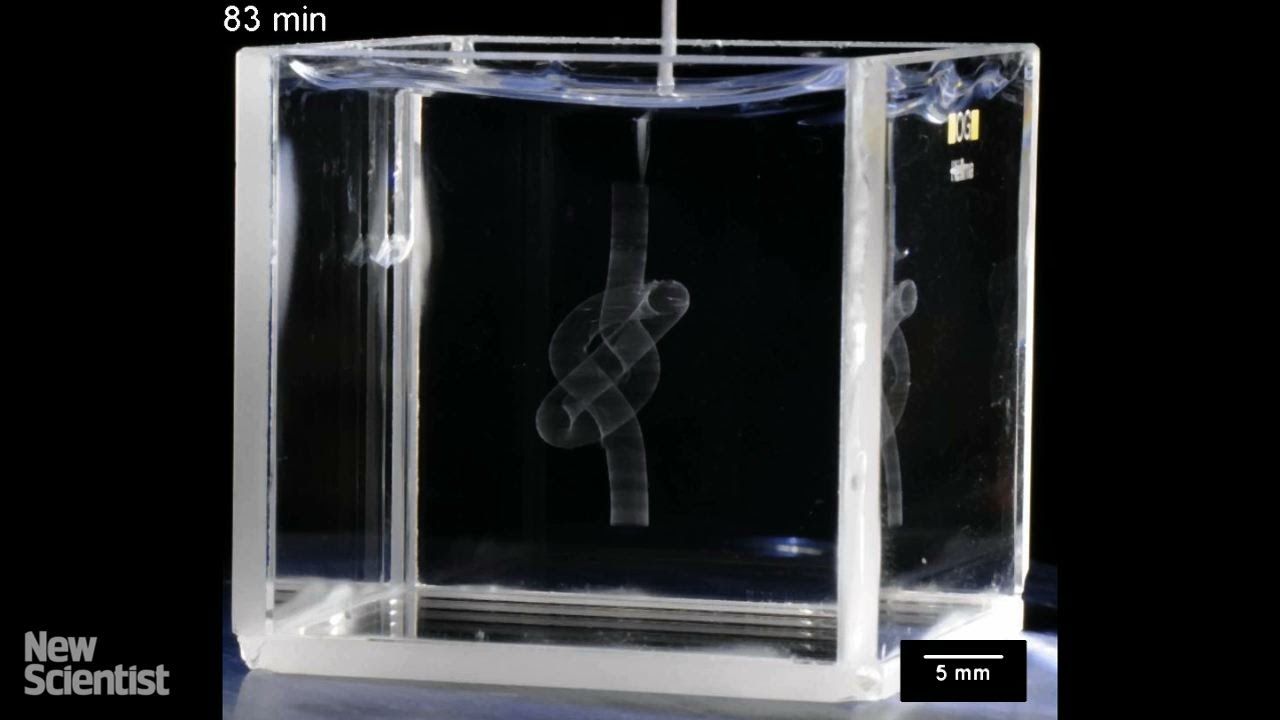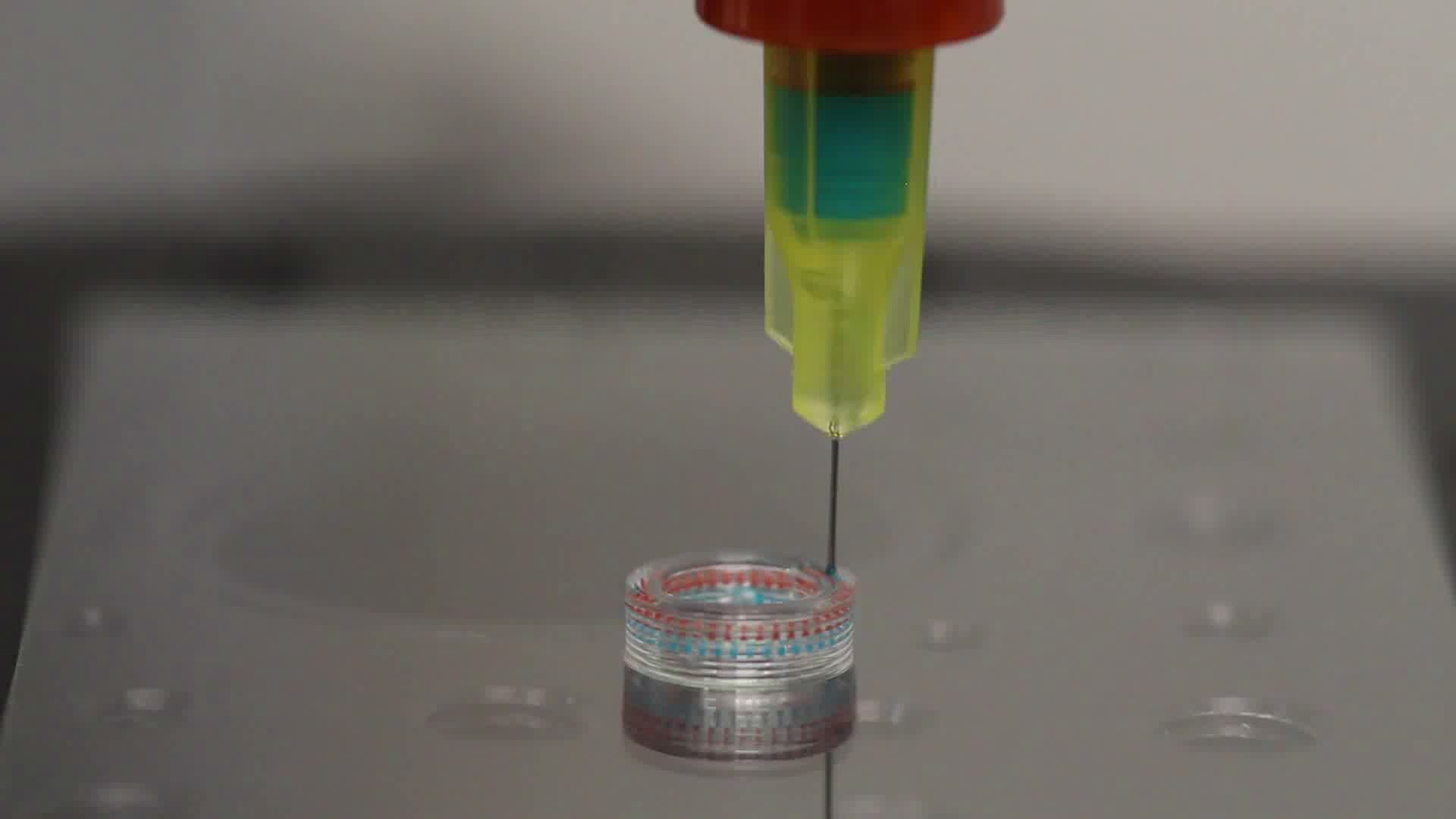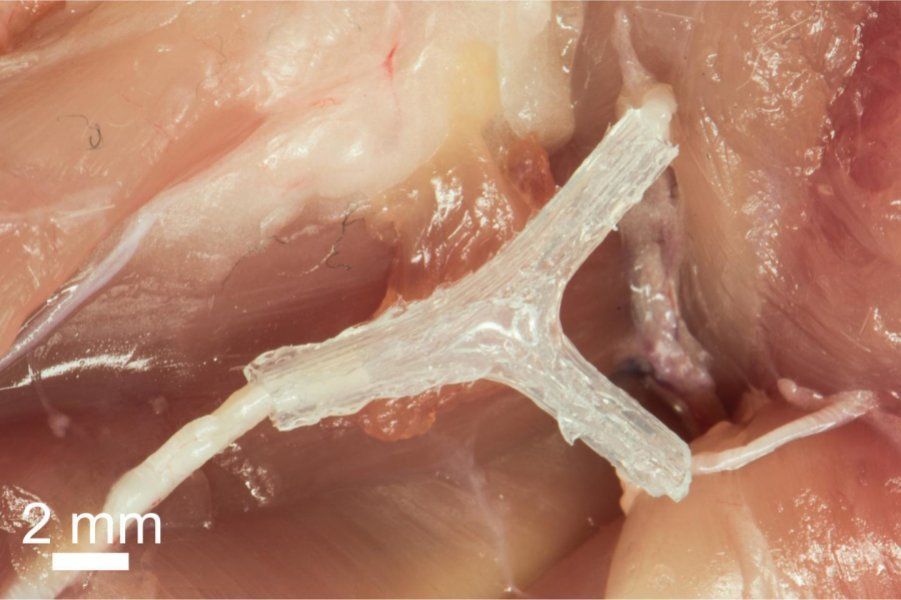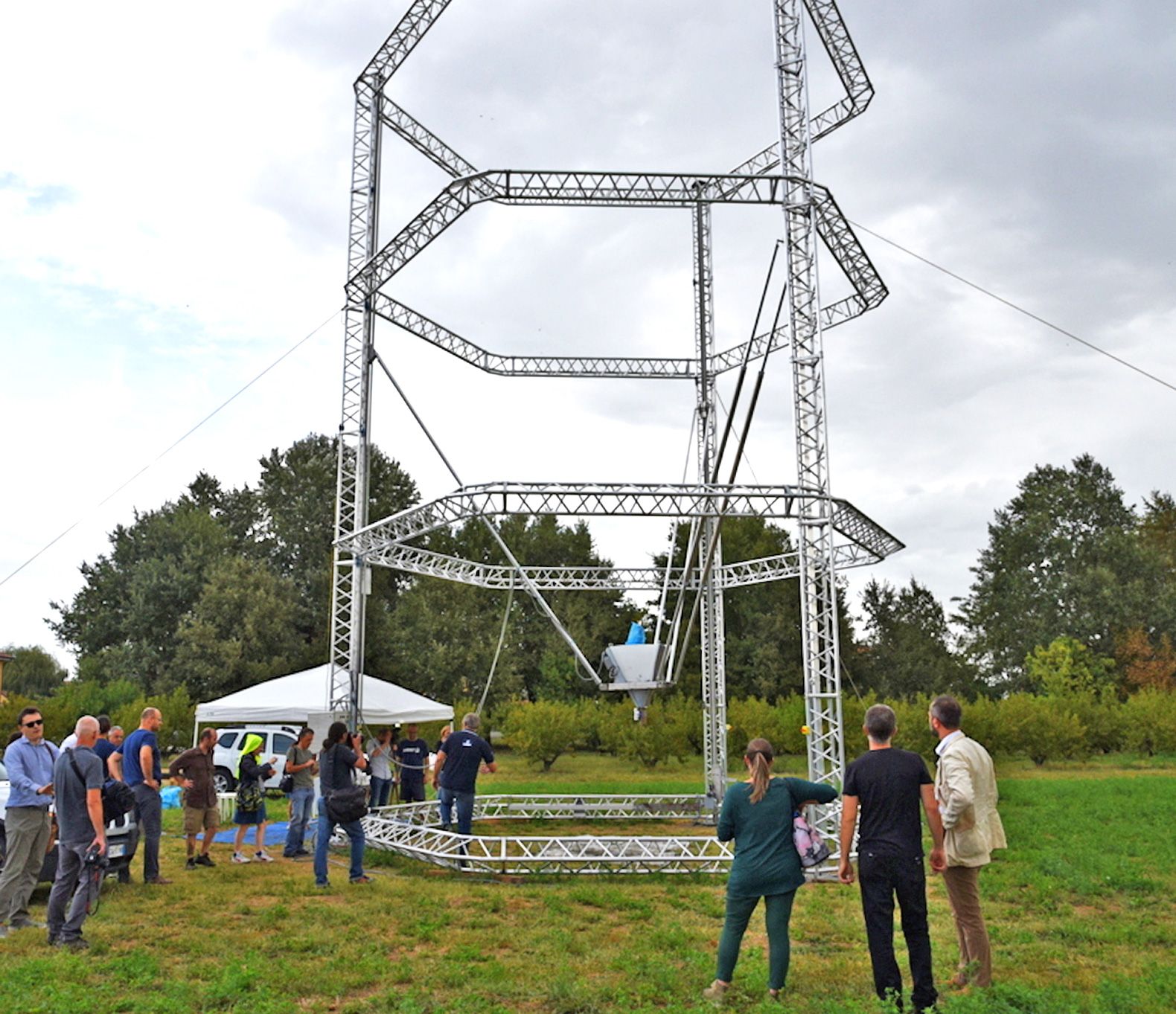Oct 7, 2015
#18 Avatar Technology Digest / Paralyzed Patients Control Comp…
Posted by Shailesh Prasad in categories: 3D printing, bioengineering, biotech/medical, computing, materials, robotics/AI
1. A heart of foam.
2. Artificial arteries.
3. Brain implants.
4. Robotic hand that can recognize objects by Feel.
5. Upside-Down Rover to explore Europa.
Welcome to #18 Avatar Technology Digest. Again, get ready for exciting news on Technology, Medical Cybernetics and Artificial Intelligence. Thank you for watching us. You are welcome to Subscribe, follow us in social media, leave your comments and join the conversation. And here are the top stories of the last week.
1) A heart of foam could replace your own. Existing artificial hearts have multiple moving parts, which increases the chance of failure, but this new device is just a single piece of material. Researchers inspired by soft robots have built a pumping artificial heart that could one day replace the real deal.
The team of Bioengineers at Cornell University build their robots out of a solid, plastic foam, which naturally has an interconnected network of tubes to let air flow – just as our muscles are permeated by blood vessels. A solid coating of plastic seals everything inside like a skin.
Continue reading “#18 Avatar Technology Digest / Paralyzed Patients Control Comp…” »
